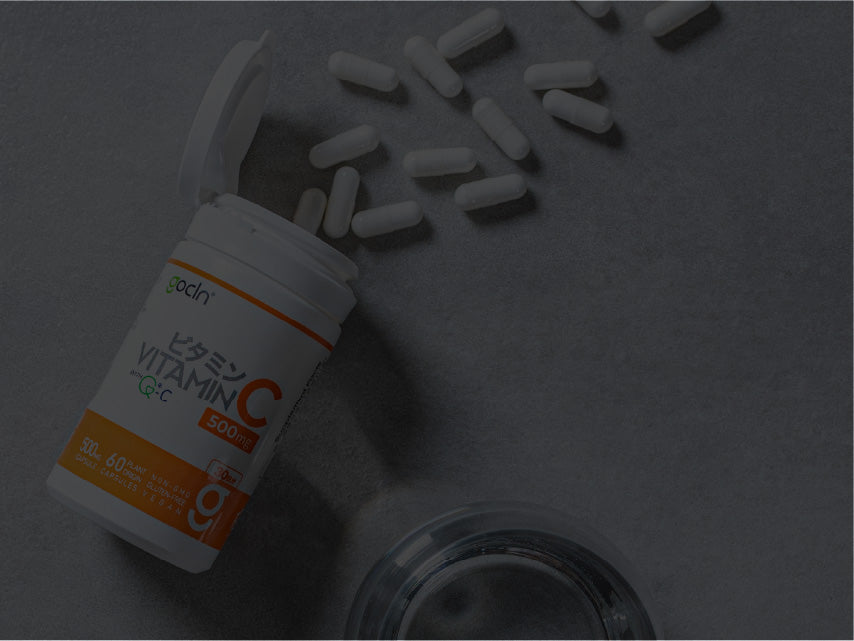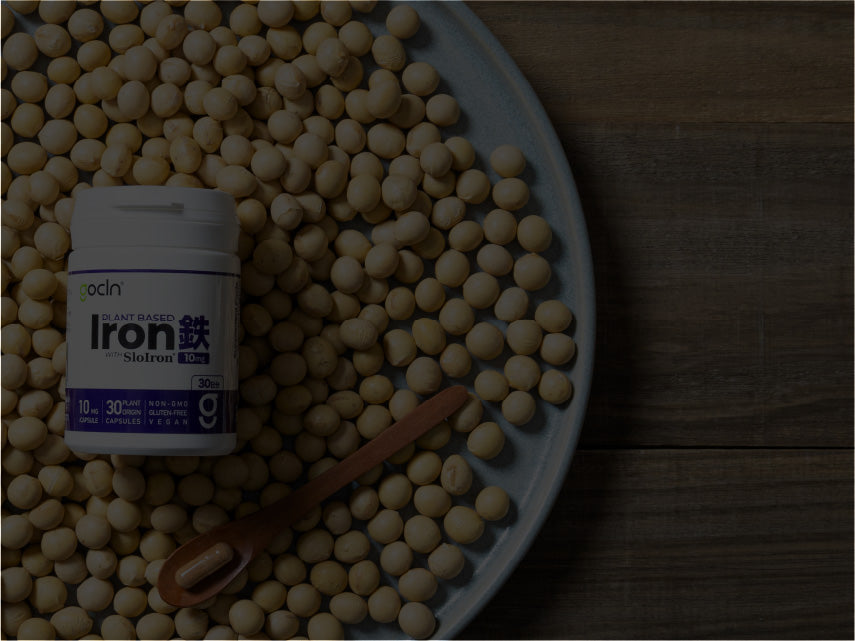Complete food-Part 2
So, what is a “complete diet”? I would like to think about this point.
This seems to have different interpretations and definitions depending on the person. The common Japanese word ``complete'' is associated with ``Perfect,'' or a score out of 100, which gives the impression that this is ideal, necessary, and sufficient.
In other words, the idea is that eating ``complete food'' is enough and that you can live on just this.
What do you think? I see some people introducing "complete food" in this way, but I think there are many people who think that this alone is not enough.
Overseas products that are considered "complete foods" are called "Complete food" or "Complete meal." In other words, it's not "Perfect food" or "Perfect meal." What is the difference between "Complete" and "Perfect"?
When you watch “Complete” on Weblio ,
complete, complete, complete, completely, complete, organized
The translation will be displayed at the top. As secondary information, the words ``fulfill everything'' and ``a complete set'' appear.
It is true that there are translations for ``perfect'' and ``complete,'' but as the top line says ``all,'' the correct meaning is ``satisfies all the requirements in the conditions.''
In other words, "Complete food" is not a " perfect" food that you can live on alone, but rather a food that has been prepared so that you can ingest all of your nutritional requirements. This is considered to be a good understanding.
In this case, for example, due to differences in genetic factors, nutritional status, climate, etc., the nutritional requirements determined by each country are not constant, and therefore the design of a "complete diet" is also different.
Additionally, the nutritional requirements differ depending on gender and age. Of course, the amount of nutrients you need will vary depending on your constitution and health status, whether you are an athlete or an office worker.
Each product has different meanings depending on which standard values are used to determine what is completely satisfied.
GoCLN natural complete food is designed with minerals and vitamins based on the 2015 edition of the ``Nutritional Labeling Standard Values'' based on the ``Japanese Dietary Intake Standards'' established by the Minister of Health, Labor and Welfare every five years. Masu.
In fact, the ``Japanese Dietary Intake Standards (2020 Edition)'' was published at the beginning of June, just before the release of GoCLN Natural Complete Foods. However, this time, the revision of the ``Nutritional Labeling Standard Values'' has been postponed. Therefore, our products continue to be designed with reference to the latest ``Nutritional Labeling Standard Values''.
This "Nutritional Labeling Standard Value" is a weighted average of the nutritional intake standards shown in the "Dietary Intake Standards" based on the Japanese population by gender and age group of 18 years or older. In other words, the aim is to be able to meet people's nutritional needs evenly across the various nutritional requirements I mentioned earlier. Although it does not necessarily indicate the daily intake of nutrients, etc. that each individual should aim for, it is considered to be a good guideline for a product provided to many people.
The five major nutrients, minerals and vitamins, are designed with reference to the Nutrient Labeling Standard Values, but that doesn't mean that the remaining three major nutrients, protein, fat, and carbohydrates, are designed at a higher level. What do you refer to?
I would like to touch on this on another occasion.



